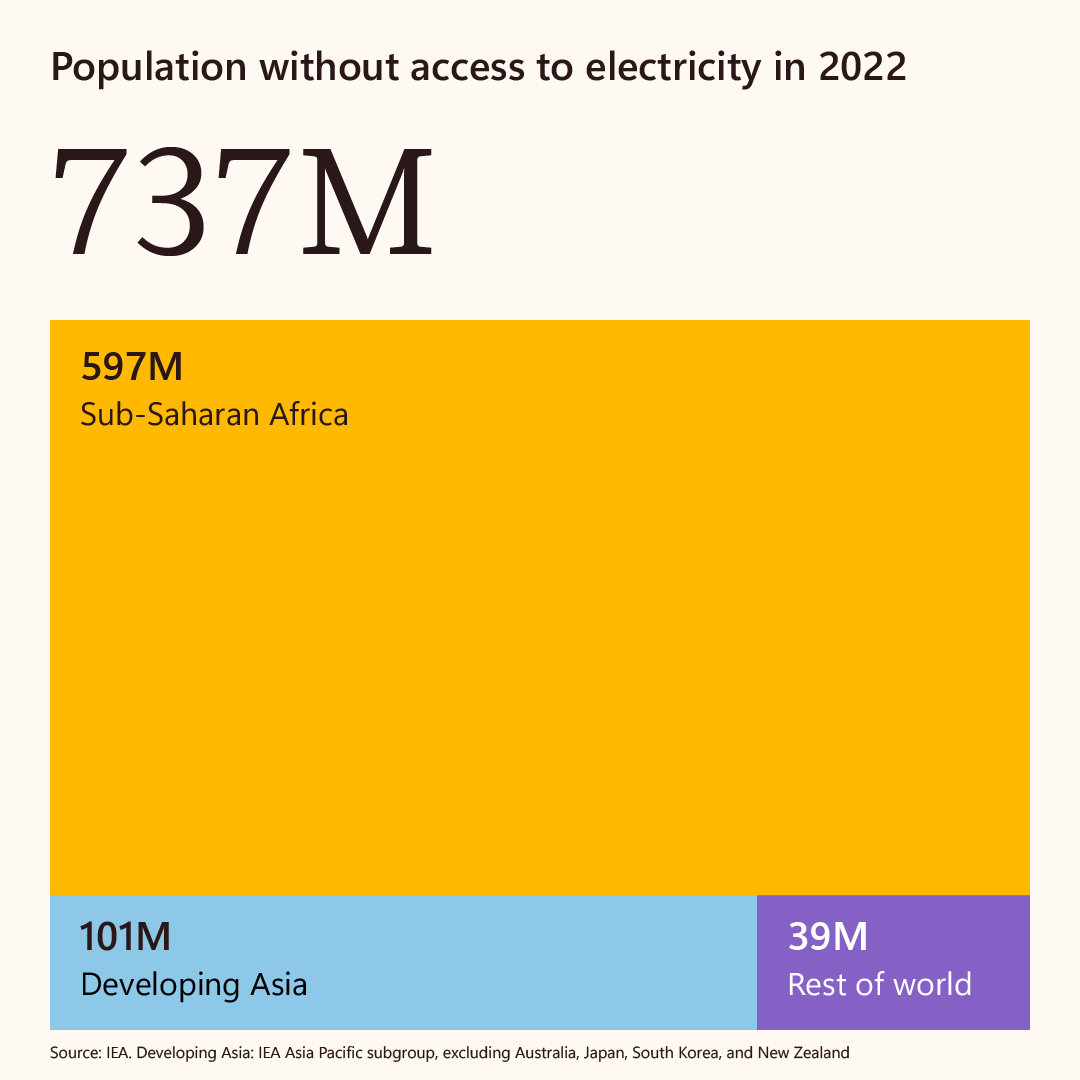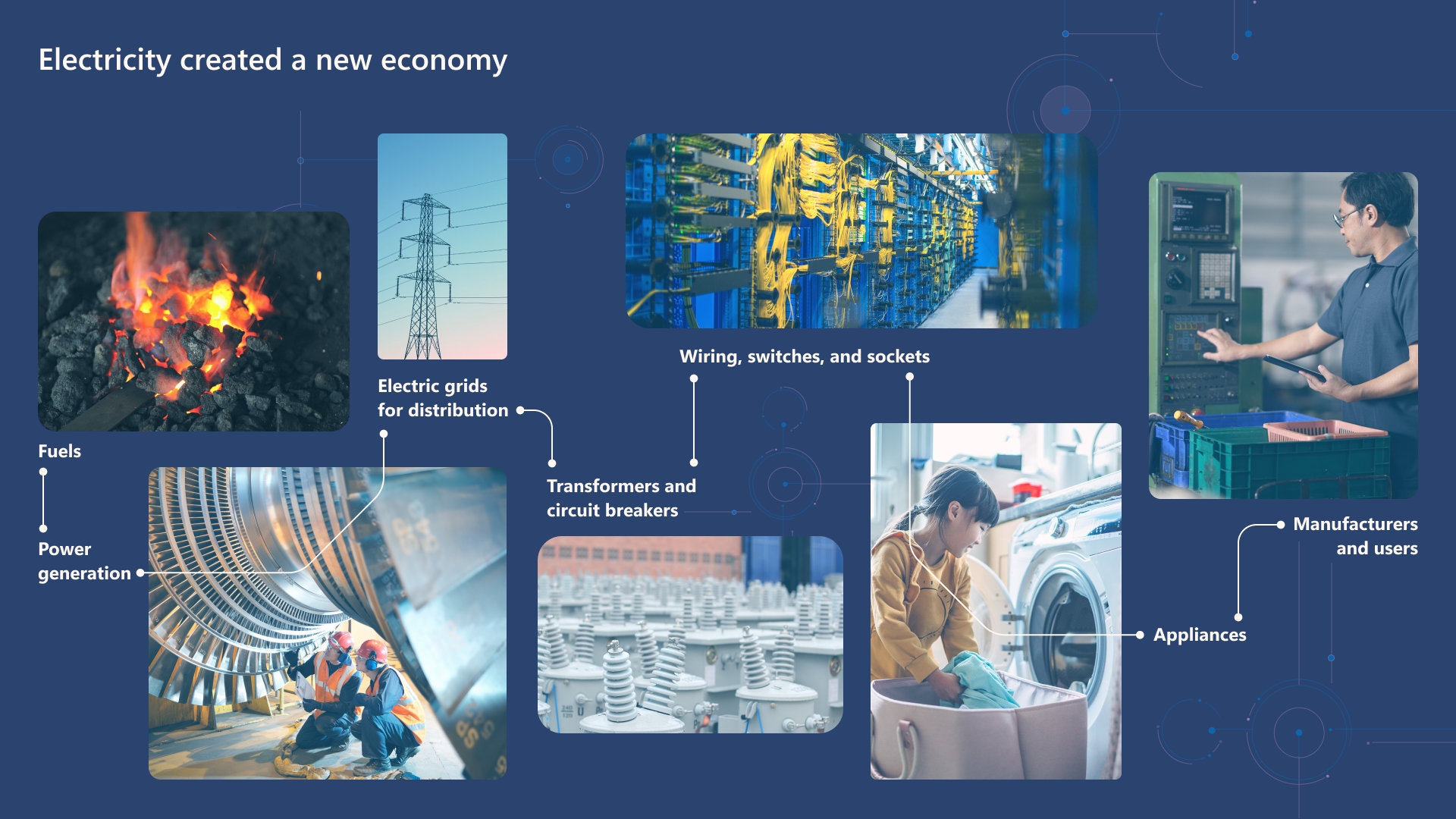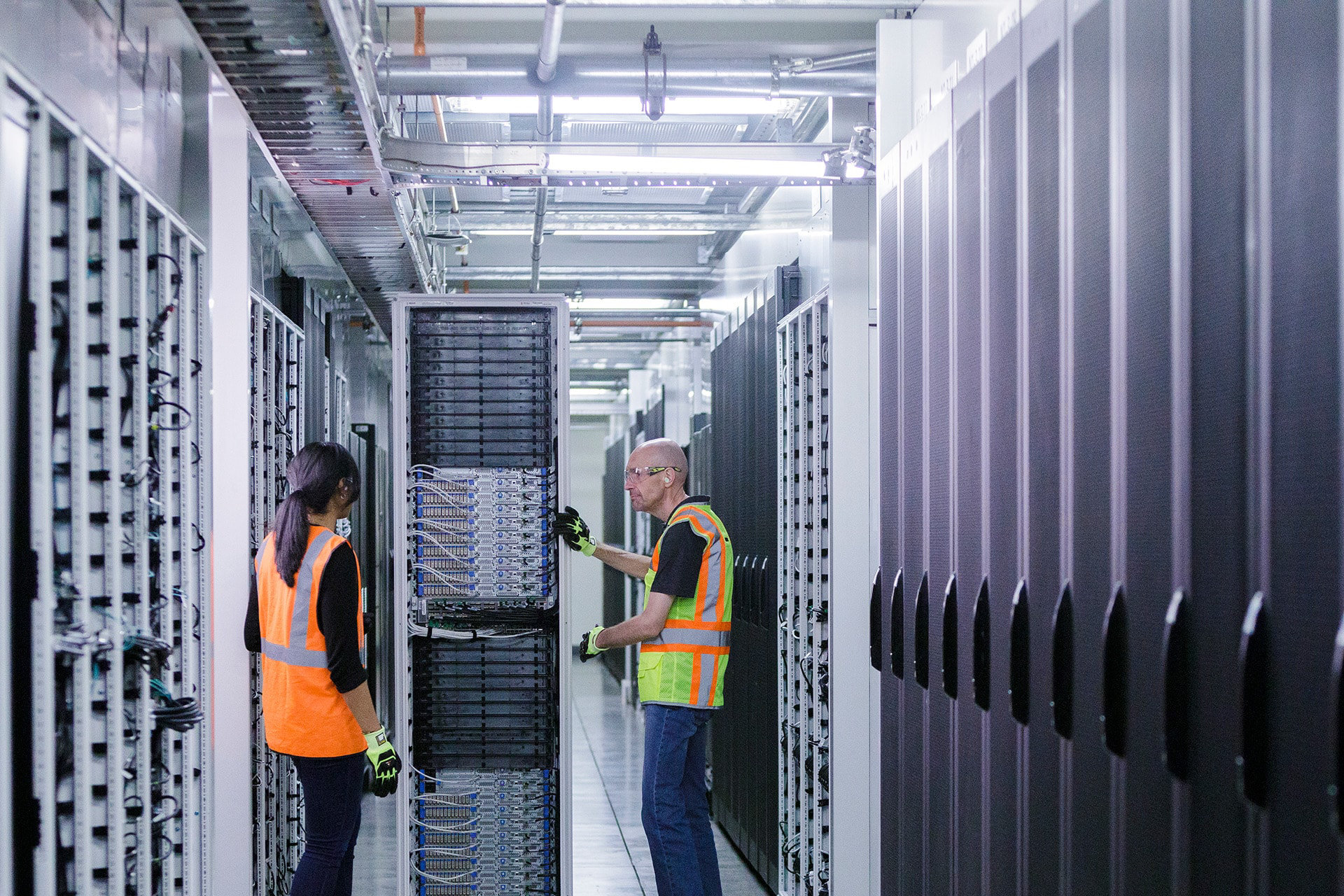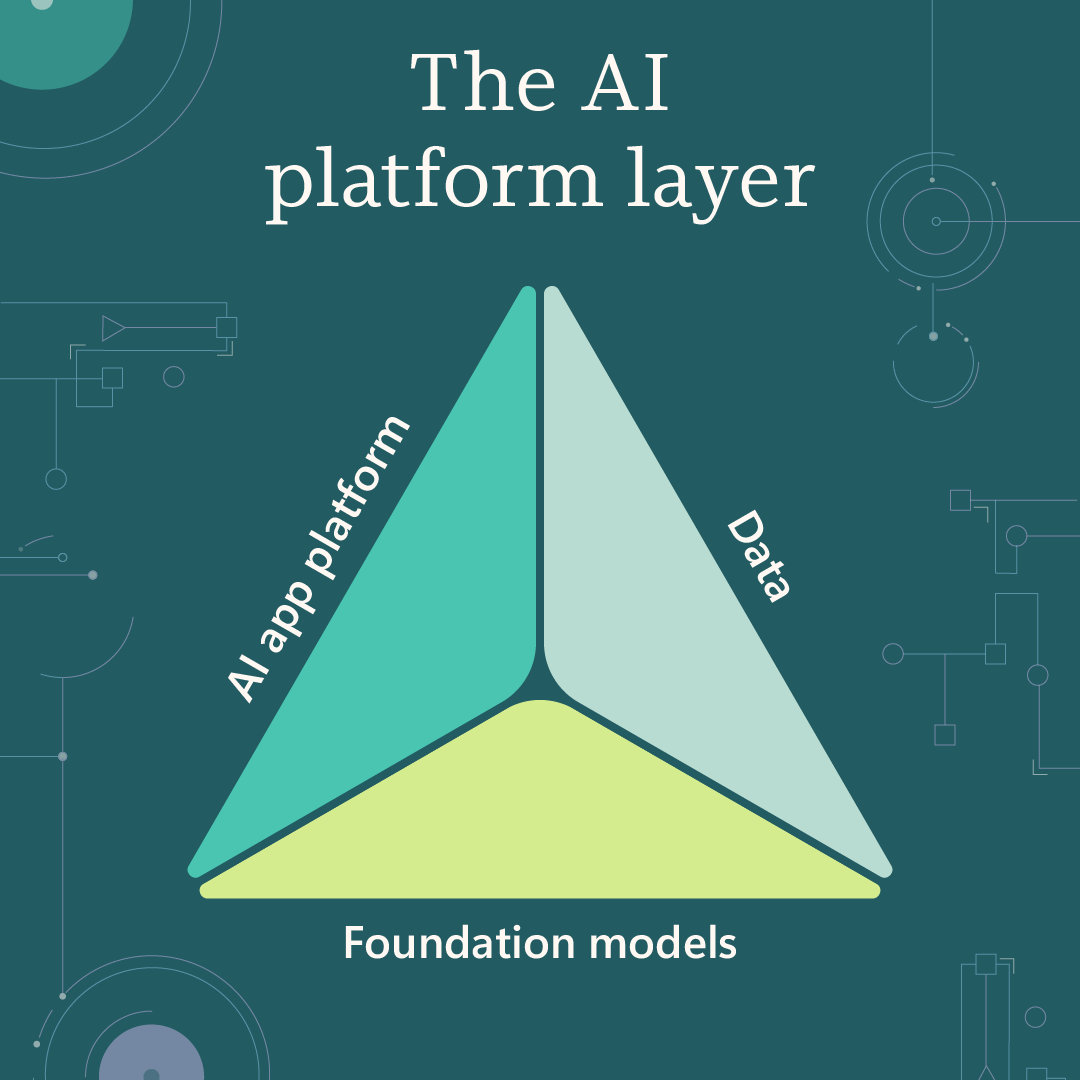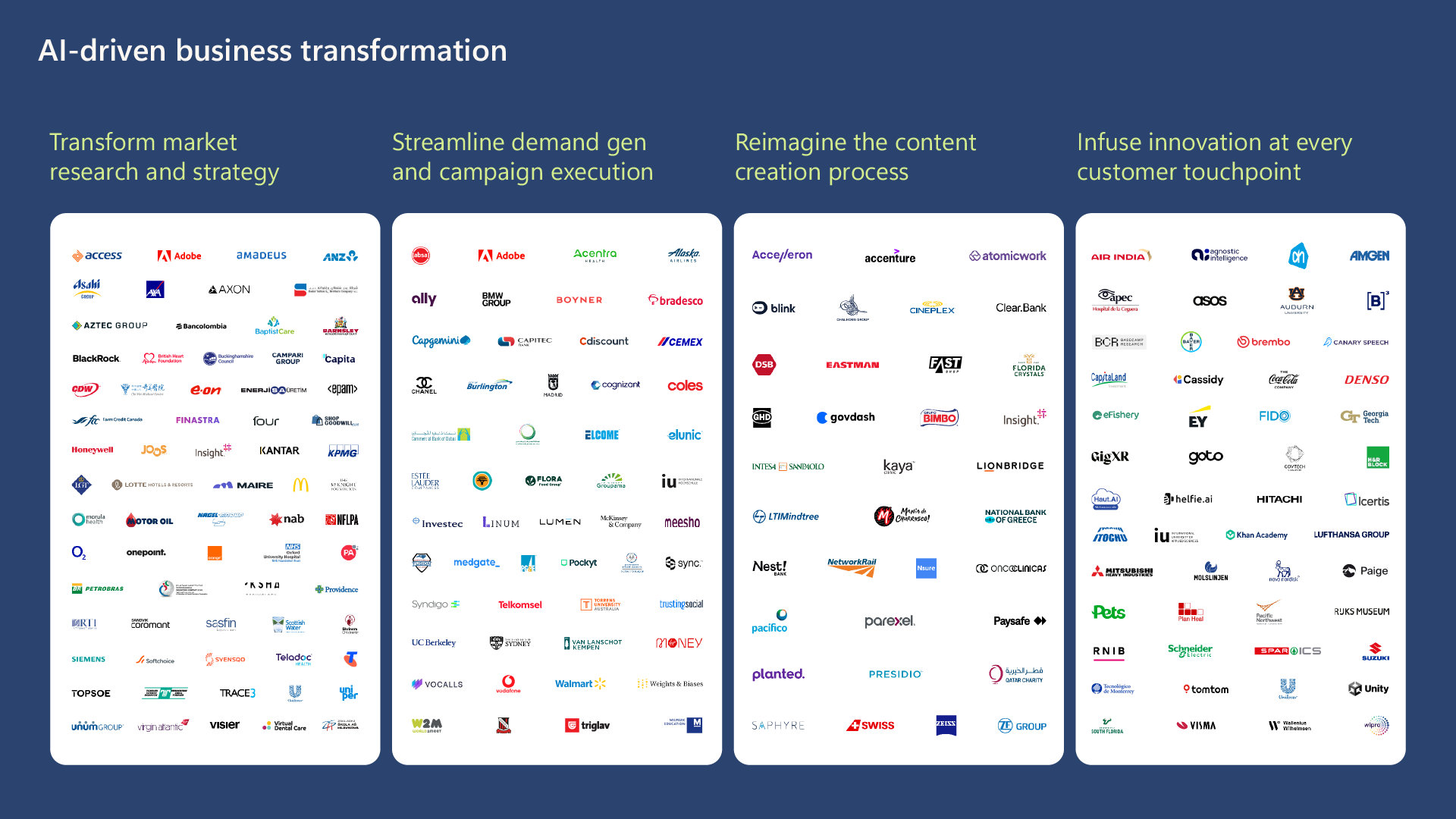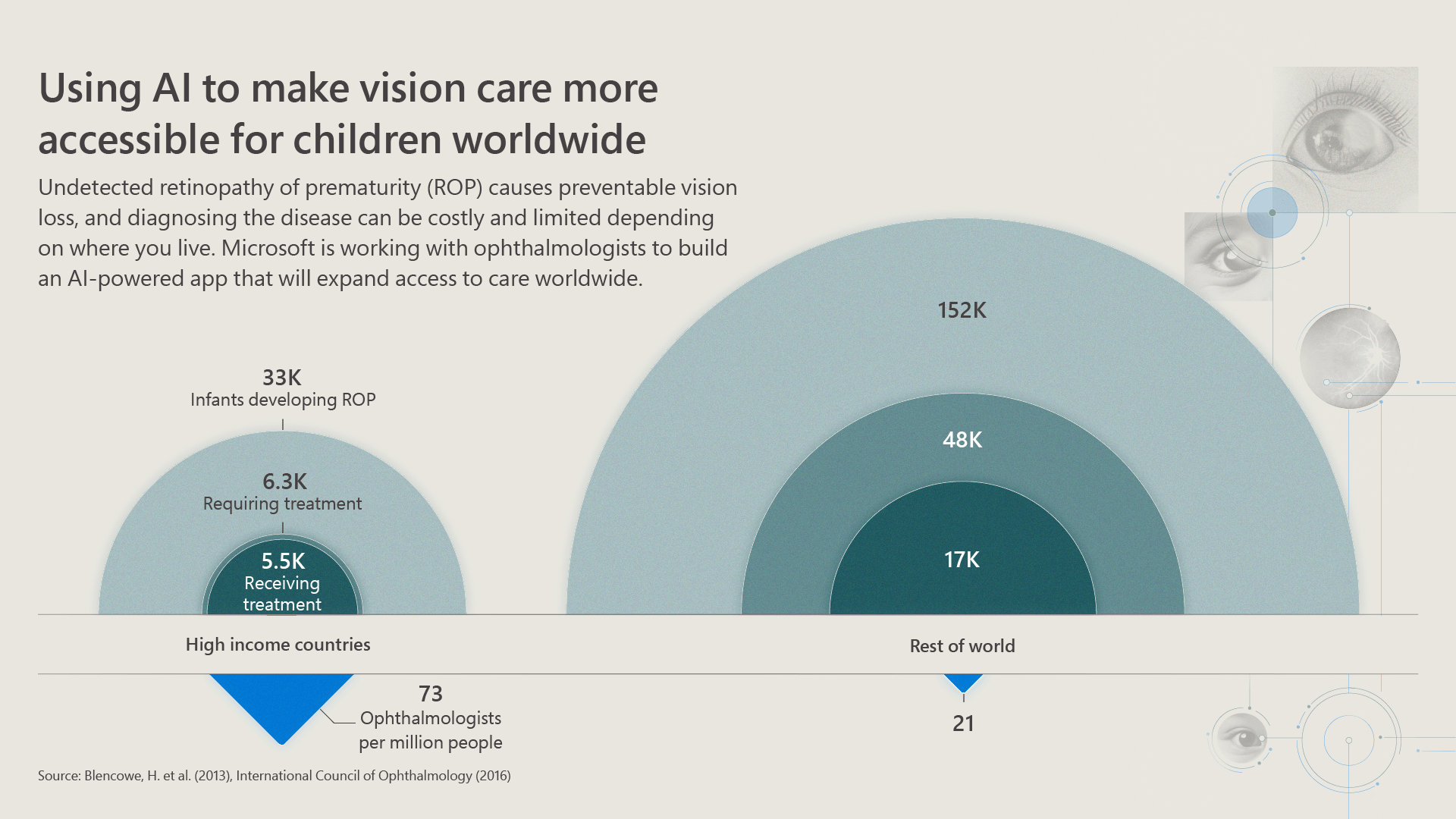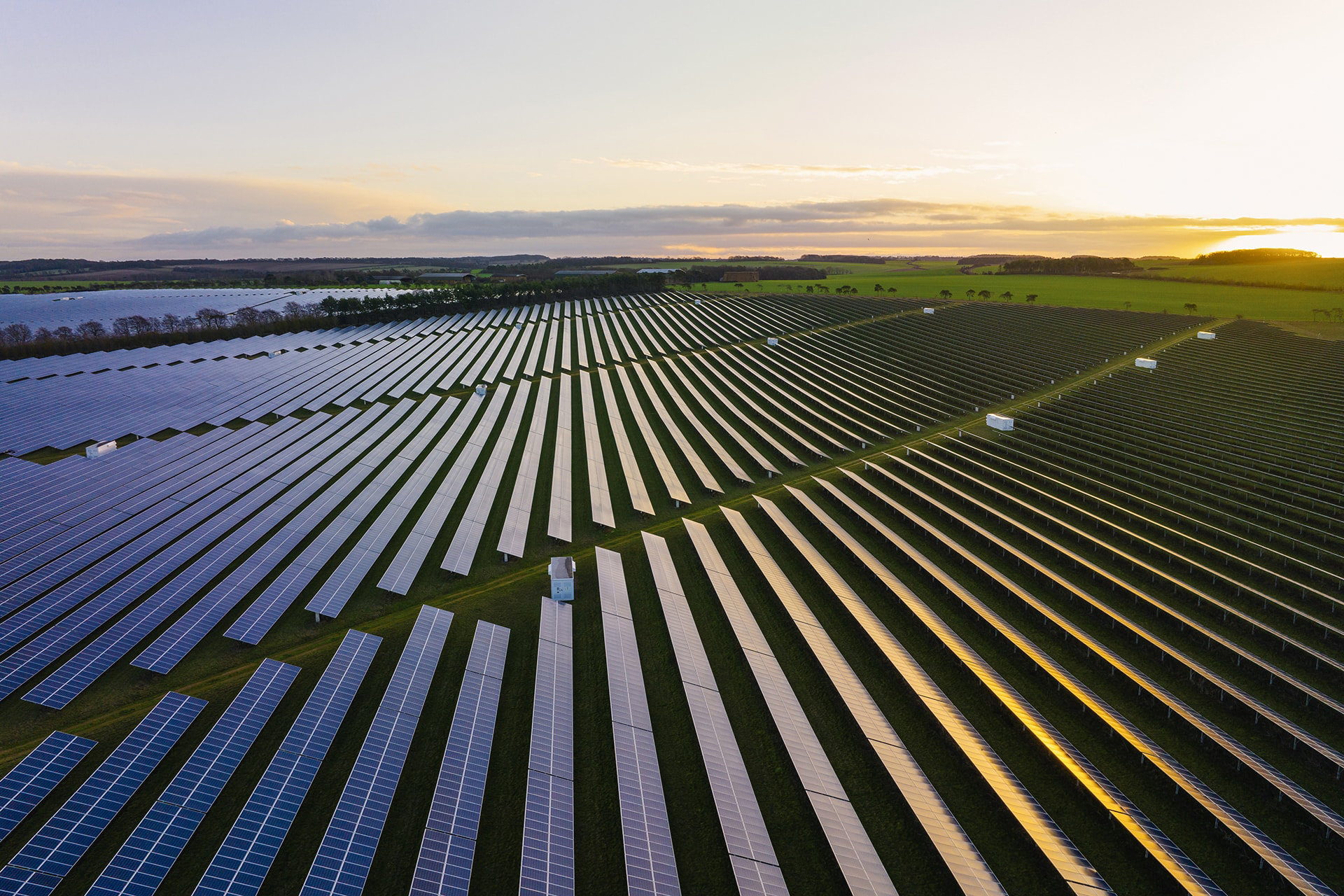AI is the next great General-Purpose Technology
-
A single-purpose tool, like a lawn mower or a smoke detector, excels at one specific task.
-
General-purpose technologies, or GPTs, can transform nearly all aspects of a society and its economy. These uniquely powerful technologies—like electricity, the steam engine, or computing—can reshape industries, create new ones, and transform the way people live and work.
GPTs have driven each of the past three industrial revolutions. Artificial Intelligence is the next great GPT and will drive the fourth industrial revolution—ushering in a new era of economic growth and prosperity.

GPTs of the past have driven every major industrial revolution
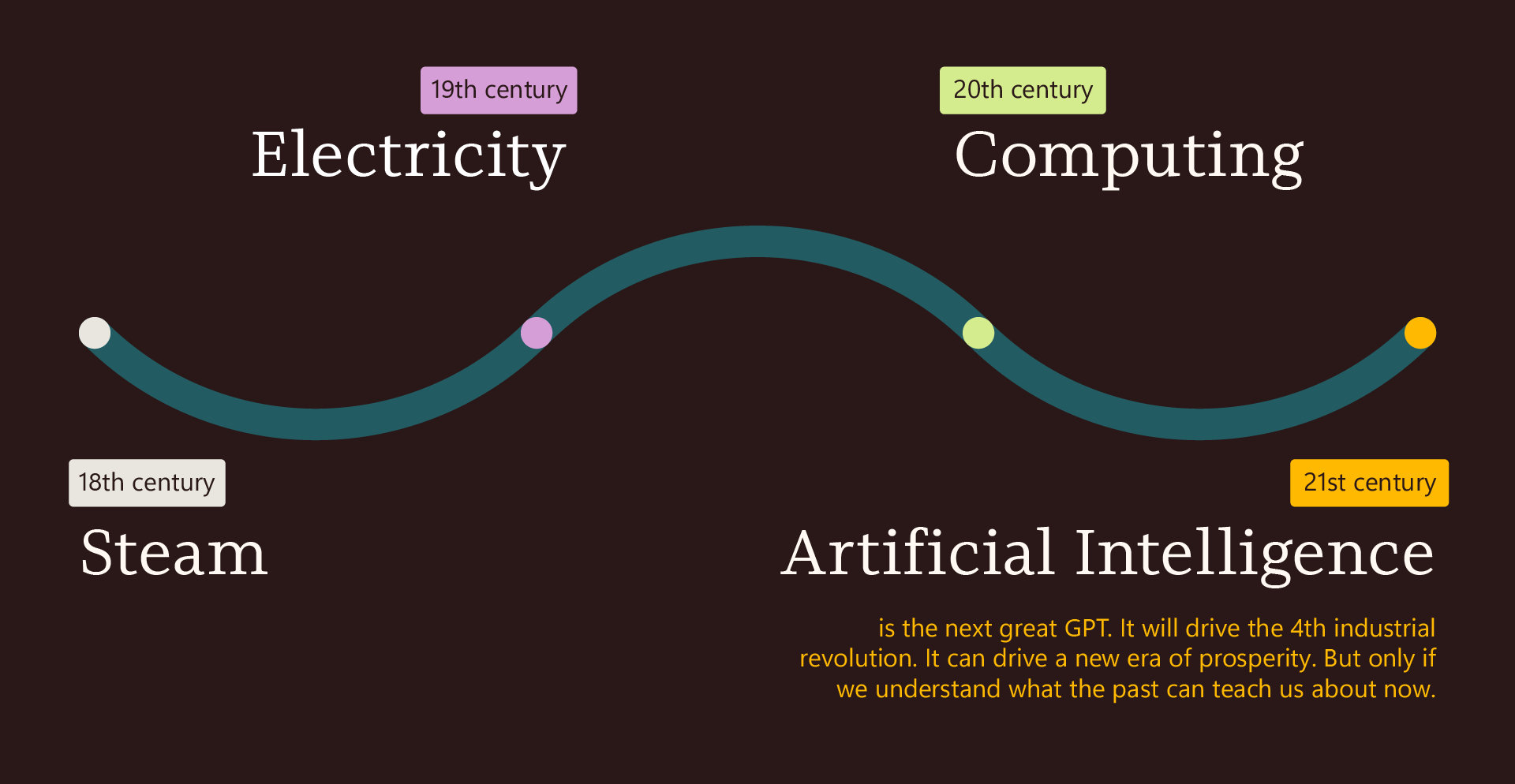
Unlocking economic growth through AI adoption
Fostering economic growth with AI
At Microsoft, we’re not just developing products for each layer of the AI tech stack—we’re supporting the entire ecosystem. A competitive AI economy depends on strengthening every layer:
Infrastructure: AI datacenters, advanced chips, and reliable power sources form the foundation, much like power plants did in the second industrial revolution.
Platforms: Scalable foundation models, data integration, and new software tools empower developers worldwide to create transformative applications.
Applications: From HR tools to sales platforms, AI-driven applications will reshape every part of every organization, driving innovation and efficiency.
Number of Microsoft datacenters
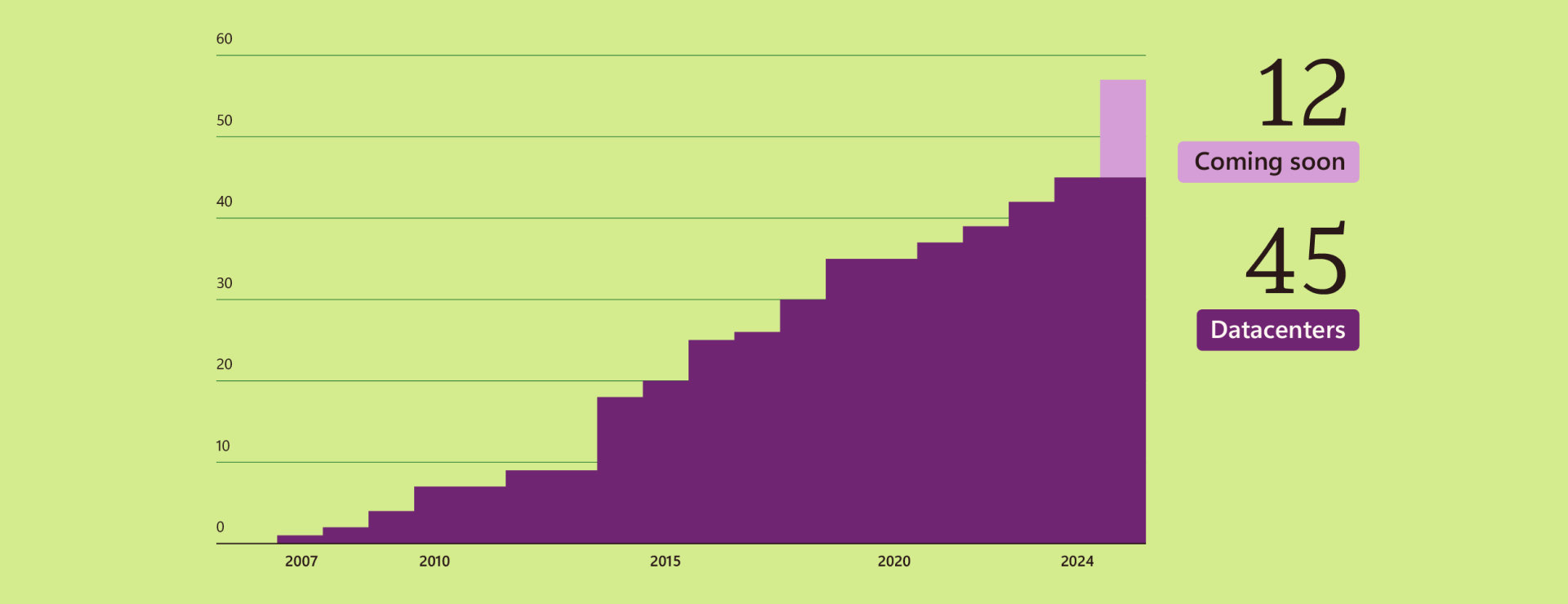
Equipping the workforce for the AI era
The success of the AI economy depends not only on technological innovation but also on equipping people with the skills needed to thrive in this new era. AI is a tool that amplifies human potential, but its benefits can only be fully realized when individuals and organizations are prepared to use it effectively.
To address this need, skilling must focus on three key areas:
Foundational skills
Applied AI
Advanced AI development
Together, we can build a better future with AI
By prioritizing broad AI adoption, we can ensure that its opportunities and benefits are far-reaching. This requires collaboration across industry, governments, and civil society—each doing their part. At Microsoft, we’re committed to building a new AI era based in responsibility, access, and fairness.
AI can help us create a better world
The path forward
Governments
Civil society
Industry
By working together, we can ensure that AI not only drives economic growth but also addresses global challenges. A collaborative approach will help build trust, accelerate adoption, and create a more prosperous future for all.


